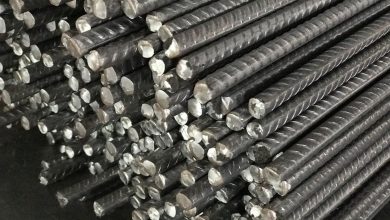What Should Be Stored In A Flammable Cabinet?

Workplaces all over Australia use flammable storage cabinets to safely store any hazardous chemicals they may handle.
The flammable cabinets essentially have a dual purpose of being a safety precaution and storage solution all in one. They keep dangerous liquids away from ignition sources and unwanted visitors, while also keeping them in a fireproof space that can’t easily catch on fire in the event of an emergency.
When you consider their use case, it’s important to put dangerous materials like aerosols, chemicals and liquids in these flammable cabinets, and on top of this, you must make sure you only store chemicals side by side by side that are compatible with each other. If you put two incompatible sources into a flammable cabinet and they leak, you could cause incredible amounts of damage to your facilities, workers and the environment all at once.
So with this in mind, here’s what should be put in a flammable storage cabinet in Australia.
Flammable & Combustible Chemicals
These are liquids that ignite naturally when they reach a specific temperature. Although both liquids need to be handled safely, flammable and combustible liquids have different flashpoints. Flashpoints are the lowest temperature where the chemical gives off enough vapour to start burning. A flammable liquid has a flashpoint of below 37.8 Celsius, while combustibles have a flashpoint of between 37.8 -93.3 Celsius. Before storing any liquid you should make sure to check the flashpoint and sort them accordingly. Some examples of these liquids include alcohols, paint thinners and paints.
Flammable Gases
Flammable gases are dangerous as they can burn when mixed with an oxidant (like air) and when they come in contact with an ignition source. This makes them very dangerous, even when they’re stored in a sealed container as small amounts of gas can escape and cause fires or explosions if they encounter an ignition source and are dangerous to inhale. This is why flammable storage containers should be kept away from ignition sources and active work zones. These gases include methane, carbon monoxide and propane to name a few.
Ignitable Chemicals
Certain chemicals have high explosive properties that can be easily activated by head, shock or friction. These chemicals are highly dangerous as they can be activated just by moving the container. These chemicals can also degrade over time, and so there is increased risk in storing older stock of these chemicals. Some examples of these include haloamine, azides and nitoso amongst others.
Oxidising Chemicals
Certain chemicals can exude oxygen at room temperature, or with a little extra heat. This releasing of oxygen randomly can act as a fire accelerant, so they should be stored on a flammable storage cabinet. To make matters worse, some oxidising chemicals can mix with other chemicals and combust, so they must be stored separately. This includes bleach, nitric acid and more.
Hazardous Solids
Certain solids are also considered dangerous. This includes old film stock as negatives are made from cellulose nitrate, which catches fire fast and is hard to put out and can also spontaneously combust. There is also picrate salt, which is used in dyes and laboratories, but is also used in explosives as its sensitive to heat, friction and shock. These types of hazards should also be in a flammable cabinet.
Call Spill Station
While reading the above, you may feel overwhelmed, and we don’t blame you. Flammable cabinets are complicated, and so are their correct use. So, if you need guidance in how to use flammable cabinets, you can reach out to Spill Station, and get all the information you need, straight from the experts.
Contact them and stay safe today!






